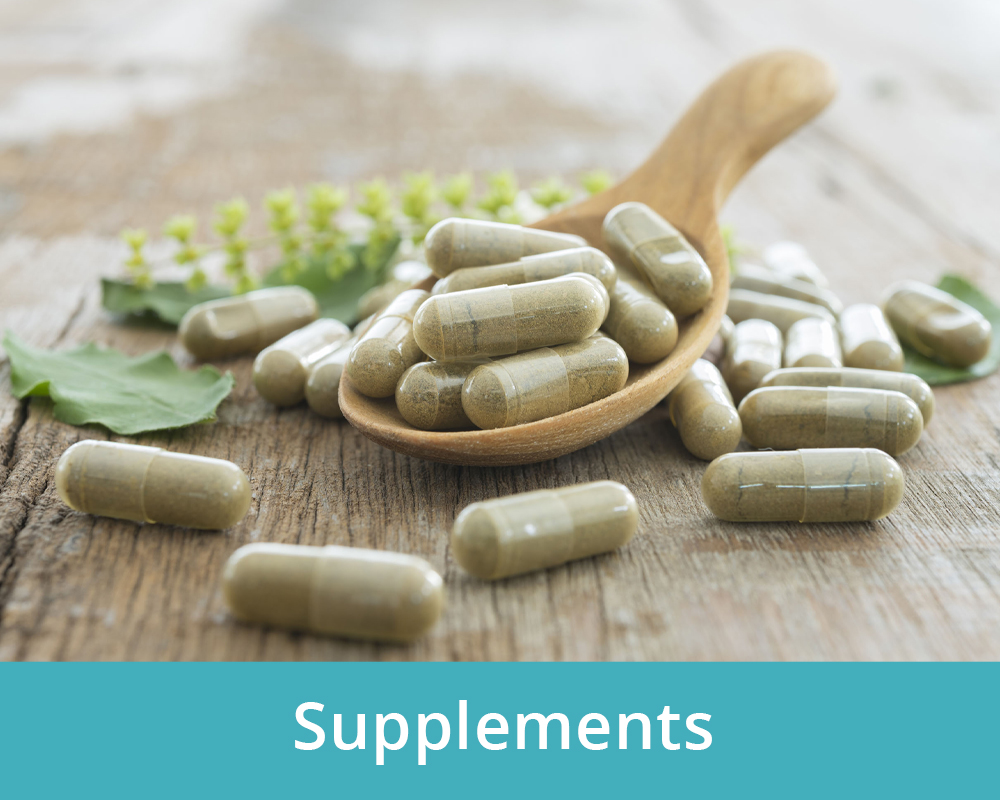
Firstly…
What is chlorophyll?
We have all heard of chlorophyll before… but what is it and why is it in all the health food stores claiming to have all these health benefits? Chlorophyll is the pigment that gives plants their green color. It is required for photosynthesis, as it captures sunlight and, in combination with carbon dioxide, creates oxygen and energy in the form of sugars.
You could think of chlorophyll as “plant blood,” since structurally it is similar to hemoglobin, the protein found in our red blood cells. The only difference between these two molecules is that chlorophyll’s central atom is magnesium, while hemoglobin’s central atom is iron. (1)
If you’ve ever eaten a plant with a green hue, you’ve already eaten chlorophyll before! Foods rich in chlorophyll include spinach, collard greens, mustard greens, chlorella, spirulina, alfalfa, parsley, and broccoli. Basically, the greener the vegetable is the higher the chlorophyll content.
Chlorophyll contains antioxidants vitamin C, E, and A; vitamin K; minerals such as magnesium, iron, potassium, and calcium; as well as essential fatty acids.
Although many plants contain abundant amounts of chlorophyll, when taken in supplement form, you can receive much more potent effects.
Top 5 Health Benefits Of Chlorophyll
-
Prevent cancer and cellular damage
Chlorophyll has been found to have antioxidant effects, meaning it can protect the body from free radical damage. (2)
Free radicals are tiny molecules that come from both our environment and can be produced innately within our bodies. Free radicals “bounce” around causing damage inside our systems. Over time, the damage from free-radicals can lead to end-stage diseases such as cancer. Antioxidants, on the other hand, are able to neutralize free radicals, preventing the damage they cause and helping to prevent many diseases including cancers.
Because of the antioxidant effects, chlorophyll has the potential to help prevent (and possibly manage) different types of cancer. For instance, one study looking at human colon cancer cells found that chlorophyll can inhibit DNA damaging agents, therefore having the potential to be used to treat this cancer, either alone or alongside other cancer treatments (3). One animal study looking at pancreatic cancer cell growth found that supplementing with chlorophyll resulted in a significant reduction in tumour size (4). Another animal study found that chlorophyll has the potential to reduce the incidence of liver and stomach tumours (5).
Also, chlorophyll is very alkalizing to the body, which makes for a unfavourable environment for cancer cells to flourish as they much prefer more acidic environments.
-
Wound healing
Chlorophyll has been used in ointments since the 1940s to accelerate wound healing (1). A review looking at different ointments for wound healing found that those that contained chlorophyll were more effective than other treatments, however more research is needed to confirm these findings and to understand the exact mechanisms of action. (6)
-
Reduce inflammation
One active component in chlorophyll, called chlorophyllin, has been shown to have powerful anti-inflammatory effects. One study showed that chlorophyllin inhibited intestinal inflammation (9) Some of the anti-inflammatory effects of chlorophyll are likely part of the reason it is effective at speeding wound healing!
-
Improve blood quality
Chlorophyll may support the cleansing and building of red blood cells in the body. Studies show that this might be helpful to address hemoglobin deficiency disorders such as thalassemia. One study looking at people with thalassemia found that use of wheatgrass, which is very high in chlorophyll, reduced the number of blood transfusions they required. (7)
-
Eliminate odours
The consumption of chlorophyll has been known to have a deodorizing effect. It was used in the 1940s and 1950s to control fecal odour for those with colostomies and ileostomies when taken orally (1). Although more research is needed, a recent study looked at the use of chlorophyll with people with trimethylaminuria, a metabolic disorder that produces a fishy odour. They found that chlorophyll use significantly decreased the foul odour, potentially increasing their overall quality of life. (8)
Chlorophyll is also known to bind to toxins, helping to carry them out of the body, which may be responsible for some of its deodorizing effect. Chlorophyll is becoming a more popular ingredient in natural toothpastes in recent years, though taking it internally appears much more effective.
How To Use Chlorophyll
Chlorophyll can be found at health food stores as a supplement, usually in the form of tablets or liquid. If using the liquid form, you can simply add it to water, or if you don’t like the taste, try adding it to a smoothie.
Some fat is needed to metabolize chlorophyll. Specifically, it is thought that even a small amount of healthy fats can help the body process chlorophyll better if you consume it during meals.
You can also experience the benefits of chlorophyll by eating chlorophyll-rich foods. Spinach, parsley, green beans, arugula, and leeks are all quite high in chlorophyll, ranging from 7.7 mg to 23.7 of chlorophyll per serving. So, incorporating salads with a lot of deep green foods, or having steamed broccoli or grilled asparagus as a side are all great choices!
Chlorella, a green algae which we’ve written more about here, also has high levels of chlorophyll and can be taken in powder or tablet form. (1) Even if you or your kids struggle with eating green foods, check out our recipe for a Detox Green Smoothie with Chlorella to help you incorporate it into your diet!
Summary
Chlorophyll has been used for decades to support wound healing when used topically, and for deodorizing effects when taken internally. It also has anti-cancer properties, may help reduce inflammation, and can assist in building red blood cells in the body.
How will you incorporate more chlorophyll into your diet?
References
1. https://lpi.oregonstate.edu/mic/dietary-factors/phytochemicals/chlorophyll-chlorophyllin
2. https://pubmed.ncbi.nlm.nih.gov/14644357/
3. https://pubmed.ncbi.nlm.nih.gov/19585502/
4. https://www.ncbi.nlm.nih.gov/pmc/articles/PMC6051000/
5. https://www.ncbi.nlm.nih.gov/pmc/articles/PMC3486520/
6. https://www.o-wm.com/content/enzymatic-debriding-agents-an-evaluation-medical-literature
7. https://www.tusbrotesverdes.com/blog/wp-content/uploads/2013/11/reynolds-2005.pdf
8. https://pubmed.ncbi.nlm.nih.gov/15043988/
9. https://www.frontiersin.org/articles/10.3389/fphys.2018.01671/full
10. https://chlorophyllwater.com/pages/what-is-chlorophyll





